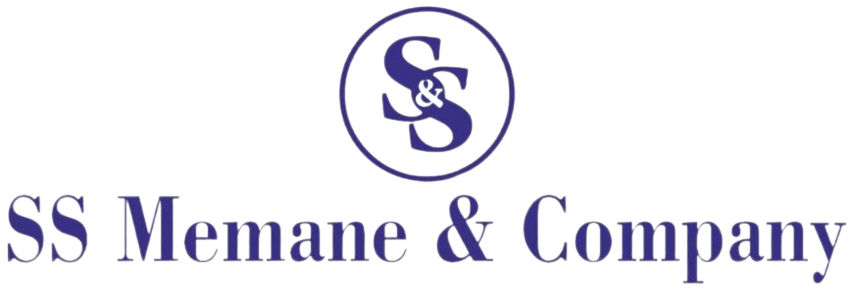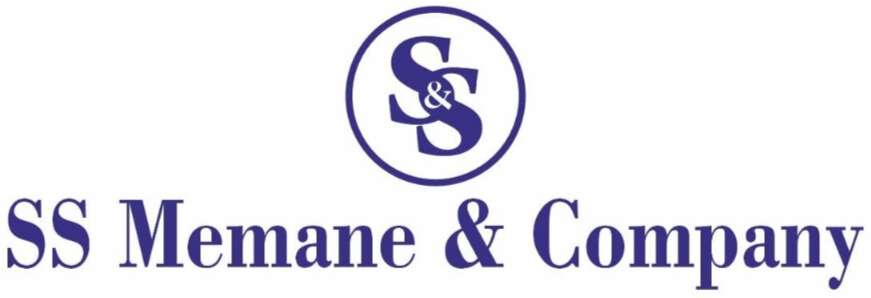ISO Registration
Quick Contact
Documents Required
- Pan Card
- Aadhaar Card
International Organization for Standardization (ISO) Registration
The International Organization for Standardization (ISO) is an independent, non-governmental international organization that develops and publishes standards to ensure the quality, safety, efficiency, and reliability of products, services, and systems across various industries. Obtaining ISO certification demonstrates that a company meets the international standards relevant to its business, enhancing its credibility and competitive advantage in the global market.
Key ISO Standards
ISO 9001: Quality Management Systems (QMS):
Focuses on ensuring that organizations consistently provide products and services that meet customer and regulatory requirements.
ISO 14001: Environmental Management Systems (EMS):
Provides a framework for organizations to manage their environmental responsibilities efficiently.
ISO 45001: Occupational Health and Safety Management Systems (OHSMS):
Helps organizations ensure safe and healthy workplaces by preventing work-related injuries and illnesses.
ISO 27001: Information Security Management Systems (ISMS):
Specifies requirements for establishing, implementing, maintaining, and continually improving an information security management system.
ISO 22000: Food Safety Management Systems (FSMS):
Specifies requirements for organizations in the food chain to ensure food safety.
ISO 50001: Energy Management Systems (EnMS):
Provides a framework for managing energy use and improving energy performance.
Advantages :
Enhanced Credibility and Reputation:
- ISO certification signals to customers, partners, and stakeholders that your organization meets international standards, boosting trust and credibility.
Operational Efficiency:
- Helps streamline processes, reduce waste, and improve productivity by adhering to standardized procedures.
Market Access:
- Opens doors to global markets, as many clients and governments prefer or require suppliers to be ISO certified.
Regulatory Compliance:
- Ensures that your organization meets legal and regulatory requirements, reducing the risk of non-compliance penalties.
Customer Satisfaction:
- Focuses on meeting customer requirements and enhancing customer satisfaction, leading to better customer retention and loyalty.
Disadvantages:
High Initial Costs:
- The process of obtaining ISO certification can be expensive, including costs for consulting, training, documentation, and certification audits.
Time-Consuming Process:
- Achieving ISO certification requires a significant investment of time for documentation, implementation, training, and auditing.
Ongoing Maintenance:
- Requires continuous monitoring, updating of documentation, and adherence to processes to maintain certification, which can be resource-intensive.
Complex Documentation:
- The process involves extensive documentation, which can be complex and burdensome, especially for smaller organizations.
Possible Resistance to Change:
- Employees and management may resist the changes required to meet ISO standards, leading to potential conflicts or delays.
Required Documents:
Quality Manual:
Outlines the organization’s quality management system and its alignment with ISO standards.
Process Flowcharts and Diagrams:
Visual representations of processes to demonstrate workflow and responsibilities.
Procedures and Policies:
Detailed procedures and policies for each process to ensure consistency and compliance.
Records and Forms:
Documents that capture evidence of compliance and performance, such as audit reports, corrective actions, and training records.
Internal Audit Reports:
Reports from internal audits that show compliance and areas for improvement.
Management Review Records:
Documentation of management reviews, including decisions and actions taken.
Corrective and Preventive Actions:
Records of actions taken to correct non-conformities and prevent recurrence.
Risk Assessment and Mitigation Plans:
Documentation of risks identified and strategies implemented to manage them.
Training Records:
Proof of employee training on ISO standards and internal procedures.
Registration Process:
Understanding the Relevant ISO Standard:
Identify the ISO standard that applies to your organization’s industry and business objectives.
Gap Analysis:
Conduct a gap analysis to compare current practices against the requirements of the chosen ISO standard.
Documentation Preparation:
Develop and compile required documentation, including quality manuals, process descriptions, procedures, and policies in alignment with the ISO standard.
Implementation:
Implement the documented processes and systems across the organization, ensuring adherence to the ISO requirements.
Internal Audit:
Conduct an internal audit to assess the effectiveness of the implemented processes and identify any non-conformities.
Management Review:
The top management reviews the audit findings, addressing non-conformities and making necessary adjustments to the system.
Selecting a Certification Body:
Choose an accredited ISO certification body to conduct the external audit and certification process.
External Audit:
The certification body conducts a thorough audit in two stages:
Stage 1: Documentation review to ensure compliance with ISO requirements.
Stage 2: On-site audit to verify the implementation and effectiveness of the management system.
Certification Decision:
Based on the audit findings, the certification body decides whether to grant the ISO certification.
Continual Improvement:
After certification, the organization should continually improve its processes and systems to maintain compliance and prepare for surveillance audits.
- Copyright 2024 © SS Memane || Designed By || Mr. Sunil Memane


